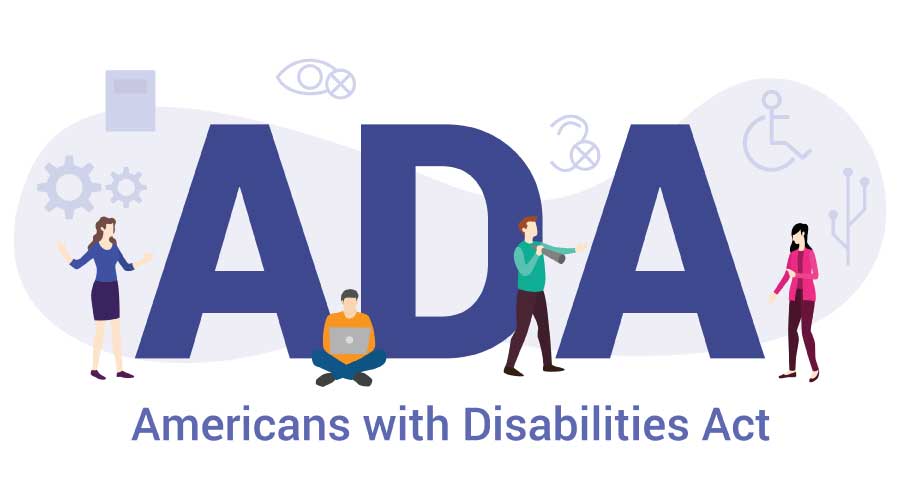ADA Excuses Won't Keep Facility Managers Out of Court
The first enforceable provision of the Americans with Disabilities Act (ADA) for public accommodations and commercial facilities began on Jan. 26, 1992. From that date forward facility managers were to begin their barrier removal process in all existing facilities. "Readily-achievable" barrier removal has been (and continues to be) an ongoing obligation.
Nevertheless, for the past 20 years, thousands of ADA cases have been filed in federal courts across the United States as well as through the Department of Justice (DOJ), the federal agency responsible for enforcing ADA standards for facilities. Nearly all of these cases began with an issue in an existing building, where the individual with a disability or DOJ cited the facility's lack of "readily achievable barrier removal" as the primary reason for the complaint. (The DOJ has gone further with a number of entities that designed and constructed facilities after 1992 that did not comply with the 1991 ADA Standards for Accessible Design, calling those failures a "pattern of discrimination.")
What accounts for failure to comply with ADA requirements after 20 years? There are a variety of myths or misunderstandings.
• Code. Some facility managers believe that since the local code official has not had to do an inspection, then the facility is compliant. But code officials never inspect existing facilities for accessibility. That's because building codes do not have the same provision for "readily-achievable barrier removal" as ADA. What's more, code officials are not empowered to enforce ADA. ADA is a civil rights law, not a building code. It is not enforced by code officials; it is enforced by individuals with disabilities who file complaints through the courts or with the Department of Justice.
• Costs. Some facility managers assume it will be too costly to fully comply, so they do nothing. But it's a mistake to automatically assume that the costs will be too high without breaking the process down and identifying barriers that can be removed over a period of time. What's more, under Internal Revenue Code Section 190, businesses of any size can take an expense deduction of up to $15,000 per year for costs of removing barriers in facilities or vehicles. On top of that, a facility that is inaccessible may be losing business from people with disabilities. And the aggregate income of people with disabilities tops $1 trillion, according to the U.S. Department of Labor. This includes $220 billion in discretionary income.
• "Grandfathered." Some facility managers believe their buildings are "grandfathered" because they were built before ADA took effect. In reality, all buildings where goods or services are sold or provided have been required to comply with ADA since Jan. 26, 1992. There was no grandfathering provision in ADA.
Related Topics:










